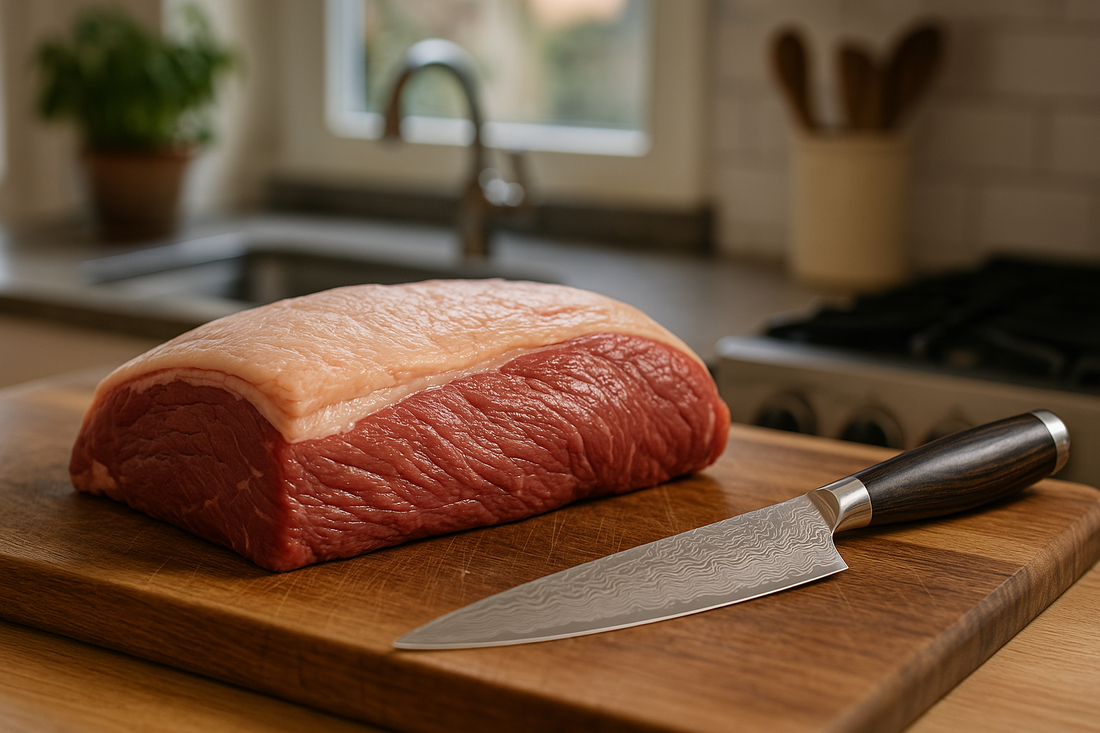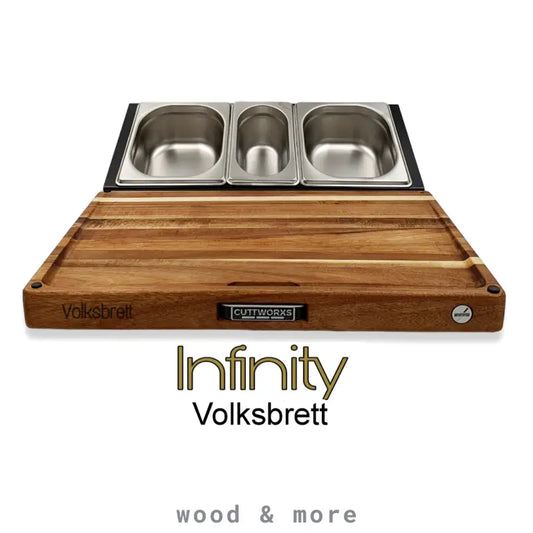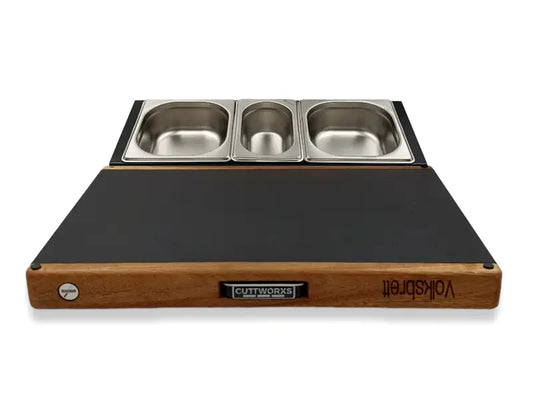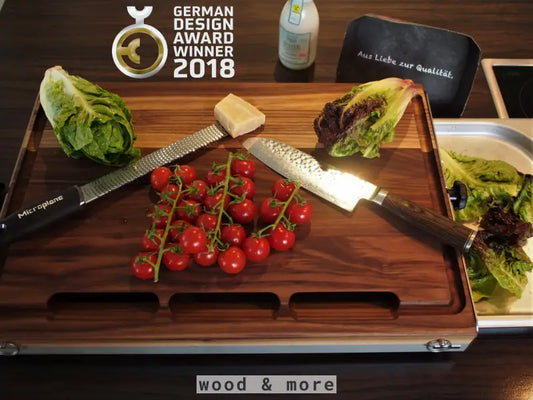
Fat or toss? The fat cap on meat – What you should leave on, trim off, or save
Fat carries flavor—but not every cut of meat benefits from it equally. We look at three BBQ classics and answer the question: What to do with the fat?
1. Brisket – The classic with a fat crown


Fat cap: Thick, white, preferably over 1 cm
My tip: Trim it, don't remove it completely. A well-trimmed brisket has about a 0.5 cm fat cap—enough to keep the meat juicy while smoking, but not so much that it ends up looking like a greasy rag. Fat that's too thick doesn't melt away completely and blocks the seasoning. So I trim the cap down to an even thickness—and leave it on the meat .
Conclusion: Fat on it, but smartly trimmed.
2. Pork shoulder – Pulled pork with fat boost


Cut: Pork shoulder (with rind or fat cap)
Fat cap: Depending on the cut, thick cap or streaky fat
My tip: Trim off the fat – and put it back on later. I rub the meat without the fat cap so that the seasonings reach the meat directly. I lightly grill the cut-off cap separately or put it back on top during cooking so that the fat slowly absorbs into the meat.
Conclusion: Trim & put back – for more aroma without spoiling the aroma.
3. Rack of lamb – tender meat , aromatic fat


Fat cap: Thin, even layer of fat
My tip: Leave the fat on! The lamb fat is a real flavor carrier – and it crisps up nicely when grilled. I score it lightly (crosswise) so it melts evenly and protects the meat. This not only adds flavor, but also texture and crunch.
Conclusion: Fat stays – and becomes a crispy, aromatic crust.
Conclusion
Not all fat is created equal – and the fat cap is not the enemy. Whether to leave it on, set it aside, or trim it cleanly depends on the cut, the cooking method, and your personal taste.
Try it out, play with the textures – and find your perfect bold style.



























